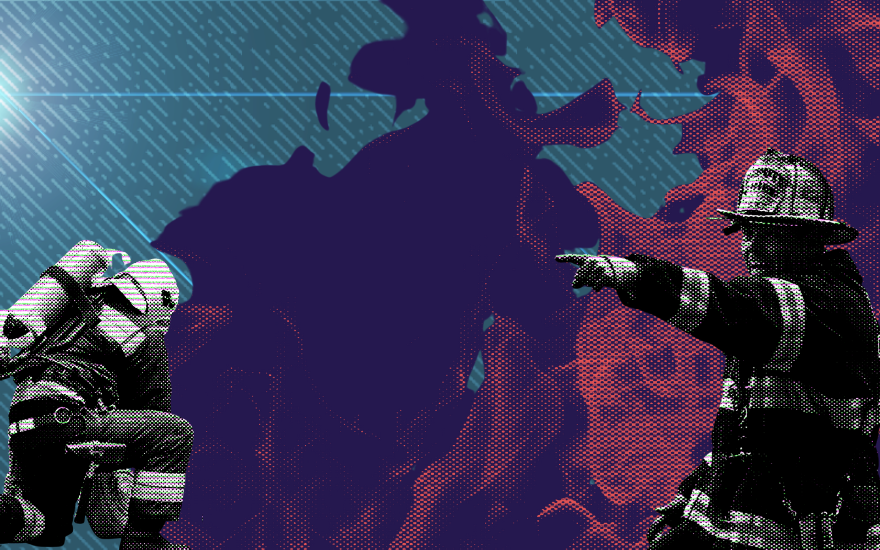Residents of East Palestine, Ohio are now allowed to return to their homes after 50 train cars derailed and caught fire on Feb. 3.
At least 20 of the train’s over 100 cars were carrying flammable, combustible, or environmentally unsafe materials.
“It is now safe to be in the evacuation area,” said Fire Chief Keith Drabick at a press conference on Feb. 8.
The National Transportation Safety Board has confirmed 10 of the derailed cars were transporting hazardous chemicals and, of those, five were carrying vinyl chloride, which is used to make plastic resin. Vinyl chloride is associated with an increased risk of liver and lung cancers as well as lymphoma and leukemia, according to the National Cancer Institute.
The town’s mayor, Trent Conaway, declared a state of emergency on Feb. 4. Schools and municipal officers were closed. Law enforcement went door-to-door on Feb. 5 ordering residents within a one-mile radius of the site to leave the area immediately.
At least 500 people declined to evacuate.
"I don't know why anybody would want to be up there; you're breathing toxic fumes if you're that close," said Conaway, per NPR. The mayor did note that air quality outside the area was safe and that the town’s water supply has been unaffected.
The ensuing fire extended a distance of approximately one-half mile.
“The only way I can describe it is the like the doors of hell were open,” Chief Steve Szekely with Mahoning County Hazmat told CBS24. “I mean, it was hot and the flames were shooting up into the air at least 100 feet.”
"We didn’t know what chemicals there were. But once on the scene, we can smell. You can smell it in the air that there was something,” he added.
Ohio Governor Mike DeWine announced on Feb. 6 that the train’s operator, Norfolk Southern, would conduct a controlled release of vinyl chloride in order to mitigate the risk of an explosion and resulting shrapnel.
"The controlled release process involves the burning of the rail cars' chemicals, which will release fumes into the air that can be deadly if inhaled,” the governor’s office said in a statement. “Based on current weather patterns and the expected flow of the smoke and fumes, anyone who remains in the red-affected area is facing grave danger of death. Anyone who remains in the yellow impacted area is at a high risk of severe injury, including skin burns and serious lung damage.”
After the release was conducted, the scene was turned over to the Ohio Environmental Protection Agency. The Ohio EPA monitored air quilty and led remediation work.
“Cars involved in the derailment contained vinyl chloride, combustible liquids, butyl acrylate, benzene residue cars ... and nonhazardous materials such as wheat, plastic pellets, malt liquors and lube oil,” Norfolk Southern said in a statement, per WKBN.
The company also opened a Family Assistance Center to “address the need of the community” and donated $25,000 to the American Red Cross to assist with temporary housing.
On Feb. 9, James Justice of the United States EPA announced, “All the readings we’ve been recording in the community have been at normal concentrations, normal background, what you would find in almost any community operating outside.”
The train was en route from Madison, Illinois to Conway, Pennsylvania when the derailment occurred, which federal investigators say was caused by a mechanical issue with one of the car’s axles.

